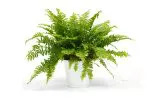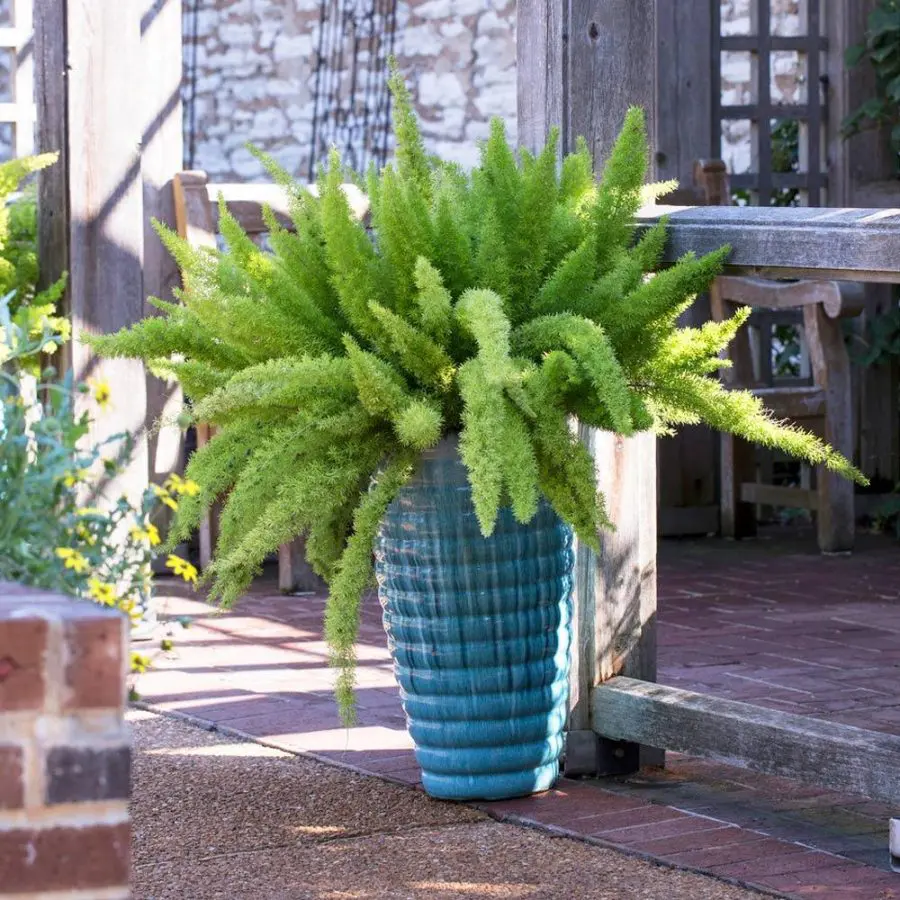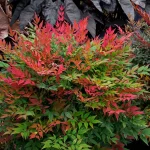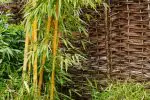This post contains affiliate links. If you buy something from one of our links we may earn a commission. Thanks
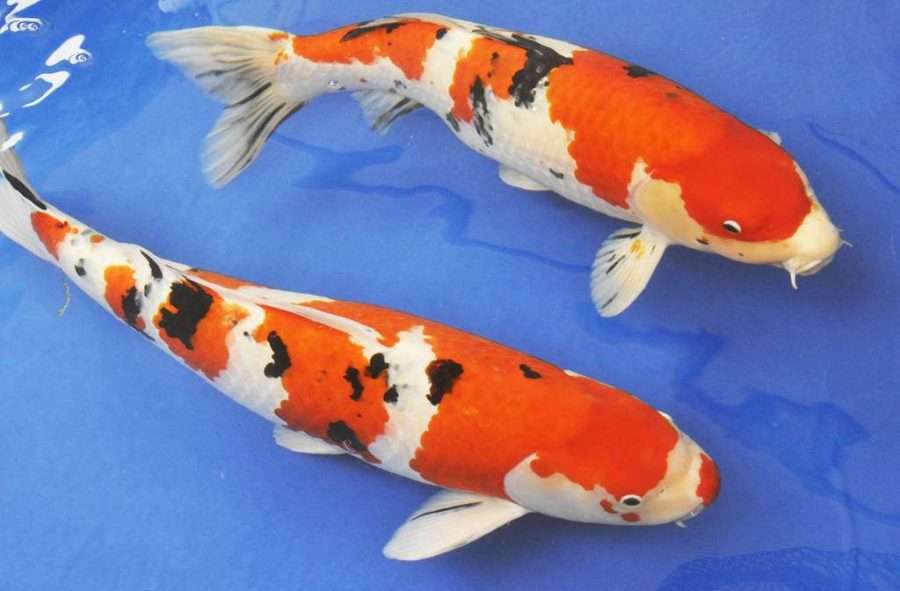
Dive into the fascinating world of Koi Fish History! Learn about their evolution from common carp to water garden jewel. A must-read for any fish enthusiast.
Koi Fish History is a tale of beauty, evolution, and admiration.
From their humble origins as common carp to their transformation into the stunning water garden jewels we know and love today, these fish have captured the hearts of people around the world.
With a rich history spanning centuries, Koi Fish have become a symbol of grace, elegance, and perseverance.
Join me as we dive into the fascinating world of Koi Fish History and discover the secrets behind their enduring popularity.
Koi Fish History: From Common Carp To Water Garden Jewel
Koi fish are a beloved ornamental species that have become synonymous with Japanese culture.
But did you know that koi fish history is relatively new? In this post, we’ll explore the origins of koi fish and how they made their way from humble beginnings as a food fish to becoming one of the most sought-after decorative fish in the world.
For those who want to know where koi fish came from here’s information about koi fish history.
What Are Koi Fish?
Today’s koi are descended from carp originally from Central Europe and Asia.
The koi carp species is Cyprinus carpio. This fish made its way across Asia and into China and eventually from there into Japan.
Because carp were hardy and adaptable to various climates and water conditions they spread and were raised throughout Asia as a food source.
Goldfish were developed in China over 1,000 years ago from a related but different species Carassius gibelio.
But in China koi carp were raised strictly for food and not as an ornamental species.
Koi Fish History – Newer Than You Think
 While goldfish were introduced in Japan during the 16th century the common koi carp remained a food species there too as in China.
While goldfish were introduced in Japan during the 16th century the common koi carp remained a food species there too as in China.
It wasn’t until sometime around the mid-1800s that ornamental koi began to be developed.
The exact time this occurred is hard to pin down because many written references simply refer to koi and do not distinguish if they were colored or not.
But artwork prior to the 1820s does not show colored carp in it, only the natural black variety.
About Koi Fish
Koi simply means carp in Japanese. The original carp brought to Japan were black and referred to as magoi which means black carp.
The two terms were used interchangeably. Nishikigoi is the term the Japanese use for decorative koi and means brocaded or colored carp.
Generally, this term is now used only to refer to koi that are raised in Japan. A koi raised anywhere else is just a koi.
Koi became a popular supplemental source of protein in Japan and since these fish could tolerate a wide variety of water and climate conditions and were not picky about food sources they soon became a staple for rice farmers in Japan.
They were grown in mountain irrigation ponds that were designed to hold spring runoff water for later use in the rice paddies below.
The Niigata prefecture in the Japanese mountains was soon to become the home of modern koi development and remains the center of Japanese koi breeding to this day.
Over time color mutations began to crop up and villagers would set these aside from the rest.
After breeding these mutations to each other for several generations modern koi fish began to be developed and by the mid-1800’s white and red carp were being crossed.
Koi Fish History Takes A Turn
A big turn of events in koi fish history occurred when gradually these koi carp began to be more valued for their ornamental value than as food items.
Some Japanese villagers began building koi ponds near their houses or in some cases built ponds inside their houses.
The reason for this is that these more brightly colored fish would not survive long in mountain irrigation ponds because their coloring would make them highly visible to predators.
So these sports were moved to safer locations where more selective breeding could take place.
These mountain villagers were enjoying these beautiful fish unknown to most of the rest of the country, but that was about to change.
Koi Fish History Was About To Change
During a 1914 exposition in Tokyo, the villagers from the Niigata province sent 25 of their best Nishikigoi to be displayed.
Suddenly Japan was koi crazy and everyone wanted one of these fish. What began as fish raised by humble villagers on a mountainside was now gracing the grounds of the emperor’s palace.
To accommodate the demand building koi fish ponds soon became big business.
Eventually, Niigata became the Mecca for koi breeding, attracting Japan’s foremost breeders.
Even today, Japanese koi bring premium prices on the world market.
About Koi Fish Varieties – The Beginning
The first strains of koi were likely red and white and eventually were called Kohaku although the strain was not stabilized until the 1930s.
Another very early strain was called the Asagi which means light blue.
From these early beginnings and breeding efforts and through careful selection all the other koi fish varieties we enjoy today were developed and the rest is koi fish history. More about koi history here.
Koi Fish History: From Common Carp To Water Garden Jewel Final Thoughts
Koi fish history is an interesting journey from humble beginnings as a food fish in Central Europe and Asia to become a beloved ornamental species in Japan.
It wasn’t until the mid-1800s that ornamental koi began to be developed and it wasn’t until the early 20th century that they became a craze in Japan.
Today, koi fish continue to be a popular decorative fish and the Niigata prefecture in Japan remains the center of koi breeding.
Whether you’re a koi enthusiast or just appreciate their beauty, it’s fascinating to learn about the history of these beloved fish.
Read more: Water Gardening for Beginners: 11 Tips For Successful Water Gardens

